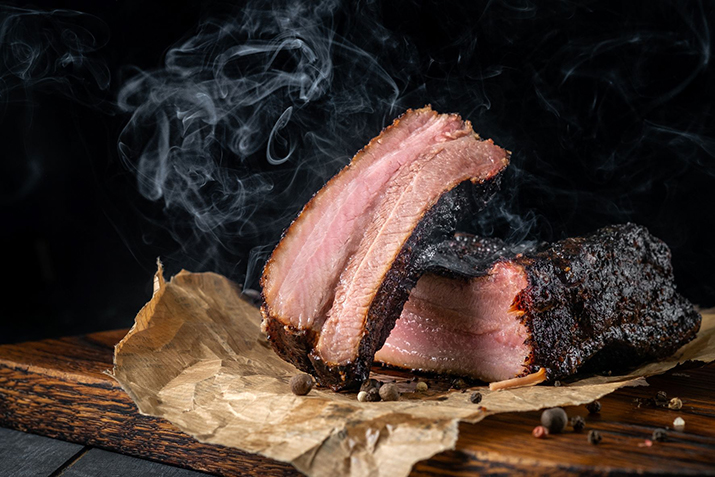Kerry identifies barbecue as the world’s top taste in 2021

Image credit: Kerry
Kerry, the taste and nutrition company, has reviewed extensive research and examined global trends in emerging flavours in an effort to identify the top global taste trend in 2021. The result: Barbecue—in all the many variations that can arise when cooking with fire—is electrifying consumer appetites and elevating expectations for new and interesting flavours. This includes in snacks, meats, plant-based meat alternatives, vegetables, sauces, dips, marinades, and seasonings.
A total of 26 barbecue, smoke and grill tastes were identified across Kerry’s Taste Charts in Europe, APMEA, North America and the Latin American region. A dozen of these were considered “emerging,” while another five made the “up and coming” category. Meanwhile, Innova reports that one in every seven new products developed around the world is barbecue-focused, while in Europe 43% of new food and beverage launches in 2021 featured barbecue as a component. Asia has the most potential, with new product launches up almost one-third (to 21%) in the last five years[1]. In addition, more than 33% of all sauces and seasoning products launched during 2016–20 call out barbecue on the front of package, along with 30% of new snack products[2]. Barbecue is now ranked number three on the list of top snack flavours globally, and fifth in meat flavours (“smoked” is number one)[3].
Due largely to the Covid-19 pandemic, global backyard cooking is at an all-time high. Furthermore, since every global region has extensive variations and traditions in barbecue, many of these are now migrating between and cross-pollinating markets and regions. In short, consumers all over the world are seeking out new taste variations on the world’s oldest cooking method—fire.
Kerry’s Soumya Nair, global director, Consumer Research and Insights, commented on barbecue’s status: “Barbecue might just be the world’s new favourite taste, and the global-leading barbecue trend our analysts are seeing right now shows that consumers everywhere are looking for new and ethnic-inspired specific tastes—such as Korean, Texas or Brazilian—in various meat and snack products. Consumers love the balance of sweetness, salt, spices and smoke that seems to enhance virtually any application, and we regularly witness new barbecue-flavoured items showing up on menus and in stores in foods such as snacks, meats and meat alternatives.
“Our research is confirming that today’s global consumers don’t just crave ethnic-inspired dishes, snacks and flavourings, but also that they’re demanding authentic experiences and tastes that are true to their regions of origin. Moreover, they’re actively looking for these interesting new snacks, sauces and meat products in the marketplace, and in a variety of applications. Authentic barbecue-flavour innovation, delivered quickly, remains key to winning in this fast-changing marketplace.”
Kerry has identified 39 main global variations and traditions from around the world—ranging from Memphis and Texas in North America to kebab in the Middle East, yakitori, char sui and tandoori in Asia, khorovats from Armenia, to jerk in Latin America. Barbecue has also begun to enter the mash-up trend, with curry, sweet chili and beer-inspired barbecue flavours emerging globally.
Nair adds: “To keep pace with consumer desires, brands must now move faster than evolving cravings for complex and culturally nuanced barbecue tastes. It’s vital in this shifting environment that new barbecue flavour innovations meet consumer expectations for the ‘real’ flavour of foods cooked over flames. Although barbecue is described differently everywhere, fire, the world’s oldest cooking method, is at its core—seared, so to speak, in our global shared DNA.”



